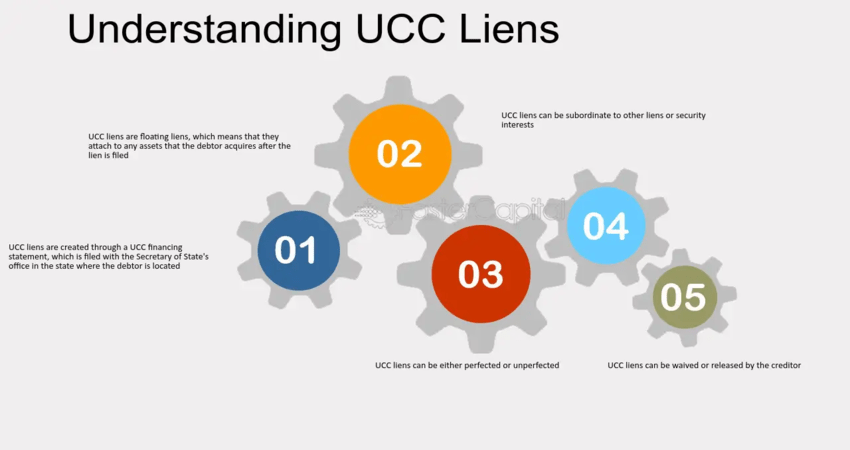The world has become a global village, and these days it is common for business ventures to happen across borders. There is also a lot of economic migration, and family breadwinners travel across many countries to make ends meet for their families. Therefore, knowing how to calculate market exchange rates should be an added advantage for everyone.
What are exchange rates?
An exchange rate is the value of a country’s currency against the money of another country. Stockbrokers determine it in a foreign exchange market where legal tender trading continuously takes place. In the retail currency exchange market, money dealers will quote the buying or selling rate.
If you want to use the Western Union to send money to the Philippines, you will need to know the exchange rate in the country. For instance, if you have 400 USD when converted to PHP, the amount will be 19947.92. Converting USD to PHP exchange rate may fluctuate according to the market changes.
Use of Acronym in Exchange Rate:
The exchange rate often uses an acronym for the currency of diverse countries.
For instance:
The United States dollar is known as USD.
The Euro acronym is EUR, and the Japanese Yen is JPY.
An exchange rate of 100 would signify that 1 dollar is equivalent to 100 yen.
How To Tell If the Exchange Rate Is Free-Floating or Fixed:
The exchange rate is often regarded as either free-floating or fixed. A free-floating rate usually goes up or down depending on the foreign exchange market. A fixed exchange rate is relative to the currency value of another country. For example, the Hong Kong dollar is related to the U.S dollar, and its value always remains within the range of 2.75 to 7.85.
A free-floating exchange rate will usually accelerate foreign exchange volatility which Is a big issue for developing economies. Most developing economies have many of their liabilities in other currencies and not the local currency. Unexpected depreciation in the local currency puts businesses and banks at a loss.
How to Calculate an Exchange Rate:
To exchange one currency for another, one needs to apply a quoted market price known as the exchange rate. Sometimes individuals may be required to multiply it by the amount or divide it.
The easiest way to do this is to apply the base conversion rule. When converting from the base, you will have to multiply by the exchange rate, and when converting to the denominator, you will have to divide.
For instance, convert €8m into dollars by using the exchange rate EUR/USD 1.25. Looking at this example, the Euro is the base currency, and you will be converting from the base. That means we will be multiplying
€8m×$1.25 per euro=$10m.
If the fixed-rate stands at USD/EUR 0.80 and you are required to convert €8m to dollars, one will have to convert to the base currency dollars. We will do this by dividing by the exchange rate.
€8m/0.80 per dollar=10m
In summary, you should always consider the following terms when calculating market exchange rates:
Floating Exchange Rate: This means the value of a currency fluctuates when you compare it to others. It depends on the market forces.
Fixed Exchange Rate: A state where the value of a currency is relative to the cash worth of the legal tender of another country.
Pegged Float Exchange Rate:
An approach that fixes an exchange rate around a given value. However, it allows it to fluctuate within specific standards.
















